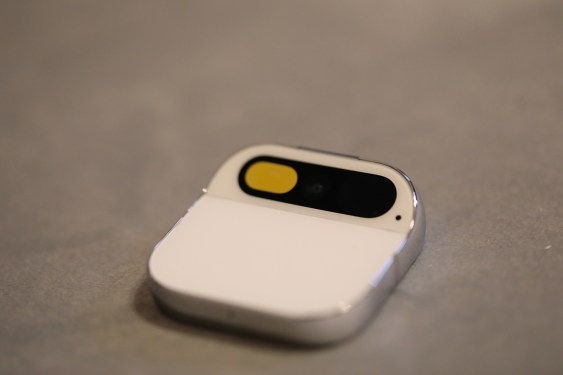When we think of wearables, our minds often immediately jump to smartwatches. But 2024 was a relatively quiet year for these devices, with iterative updates dominating the market. As a result, the industry lost some of the excitement and innovative ideas that come with exploring new technologies.
The Rise of Smart Rings
Smart rings are not a new concept, but in 2024, they experienced a resurgence in popularity. Several manufacturers showcased their latest smart ring designs at CES in January, sparking interest in this emerging category. Samsung’s announcement of the Galaxy Ring in February was a significant turning point, marking a major player’s entry into an entirely new wearable space.
The Impact of Samsung’s Galaxy Ring
Samsung’s decision to branch out into smart rings is a bold move that propels this niche form factor into the mainstream. The Galaxy Ring offers innovative features, such as optimized battery life and sensor accuracy when paired with other Samsung devices. While some may view this as an attempt to lock users into the Samsung ecosystem, it’s undeniable that these capabilities are pushing the boundaries of what we expect from smart rings.
A New Wave of Innovations
Several manufacturers have introduced new ideas and features in their latest smart ring designs. The Circular Slim, for instance, allows for silent haptic alarms and incorporates an AI chatbot, while Movano’s Evie Ring showcases a distinctive open-gap design and pursues FDA clearance for its metrics. Even Casio has entered the market with a retro-inspired take on the smart ring.
The Competition Heats Up
Oura has dominated the smart ring space for over a decade, focusing primarily on sleep tracking and recovery. However, recent developments indicate that competition is good for innovation. Oura has been launching new features at a steady clip and exploring integrations with continuous glucose monitors. The company’s latest release, the fourth-gen ring, marks an exciting development in this area.
The Challenges Ahead
Smart rings are expensive and challenging to produce due to their small size and limited component options. Manufacturers must also account for varying finger sizes and seasonal swelling when designing these devices. While smartwatches and fitness bands adjust easily to different wrist sizes, smart rings require a wider range of sizes, making them more difficult to get right.
Will the Renaissance Continue?
As we look ahead to 2025, it’s unclear whether the renaissance in smart rings will continue. Samsung’s Galaxy Ring may be successful, but its sales figures are yet to be seen. If it does well, especially as an accessory to other devices, expect Google and Apple to take notice (despite Oura CEO Tom Hale’s assertion that Apple won’t enter the smart ring space). The commitment of Samsung to the Galaxy Ring is also uncertain if it doesn’t achieve immediate success.
The Interest in Smart Rings
Despite these challenges, interest in smart rings remains high. Friends, family, and colleagues have expressed curiosity about these devices, driven by factors like a desire for something beautiful and discreet or an interest in sleepmaxxing. The question is whether this renaissance will continue or if we’ll return to Oura being the only game in town.
Conclusion
The revival of smart rings marks an exciting development in the wearable space. With innovative designs, new features, and increased competition, it’s clear that this category is evolving rapidly. While challenges lie ahead, the interest in smart rings remains strong. Whether the renaissance will continue or we’ll see a return to a single dominant player remains to be seen.
Related Reading



